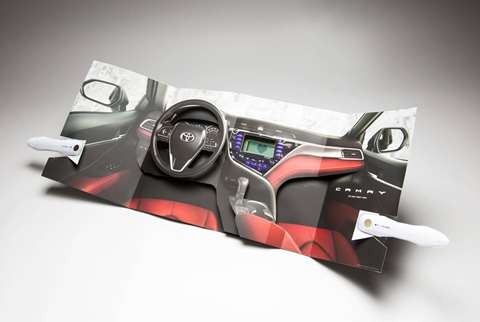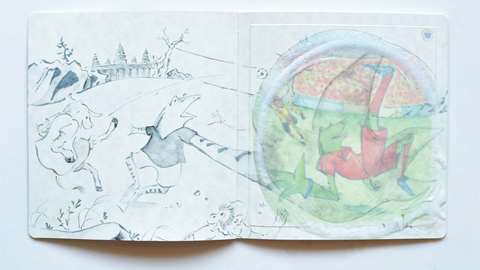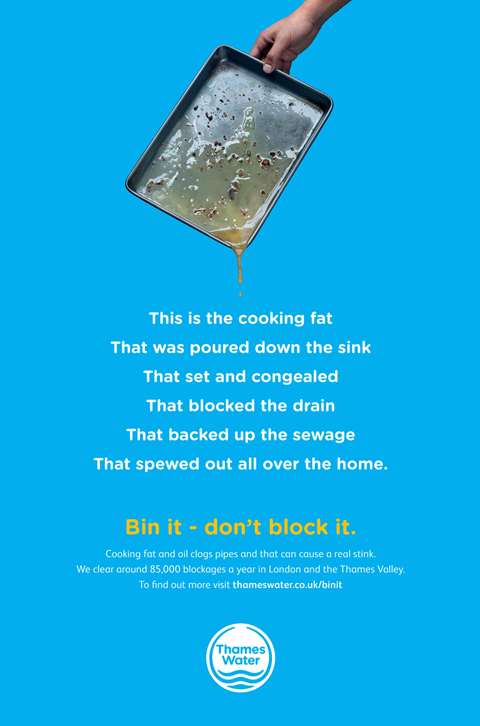The power of print at a glance
- Print advertisements deliver a message with a confidence that underlines the commitment behind it
- W+K chose channels – including print media – that allowed it to speak to people from all different walks of life in slightly different ways
- In a world of low-brow humour or celebrity glitz, a poem in print has standout. It can also be ‘steadfast in its optimism’ and ‘linguistically playful’
Advertising doesn’t get bigger than the annual Super Bowl spot. And when the brand in question is Coca-Cola, you can expect something extraordinary. But this year, there was an extra element of surprise: they launched their campaign with print marketing.
Continuing Coca-Cola’s long-held positioning as the voice of inclusion (from the classic 1971 ‘Buy the World a Coke’ campaign to the 2014 Super Bowl ad that saw ‘America The Beautiful’ sung in different languages), for 2018 agency Wieden + Kennedy Portland eschewed the brash in favour of something far more powerful: a poem.
‘The Wonder Of Us’ was written by W+K copywriter (and published poet) Becca Wadlinger as part of the wider 2018 marketing platform ‘A Coke For Everyone’ – and debuted on the back page of the Sunday Arts section of the New York Times.






